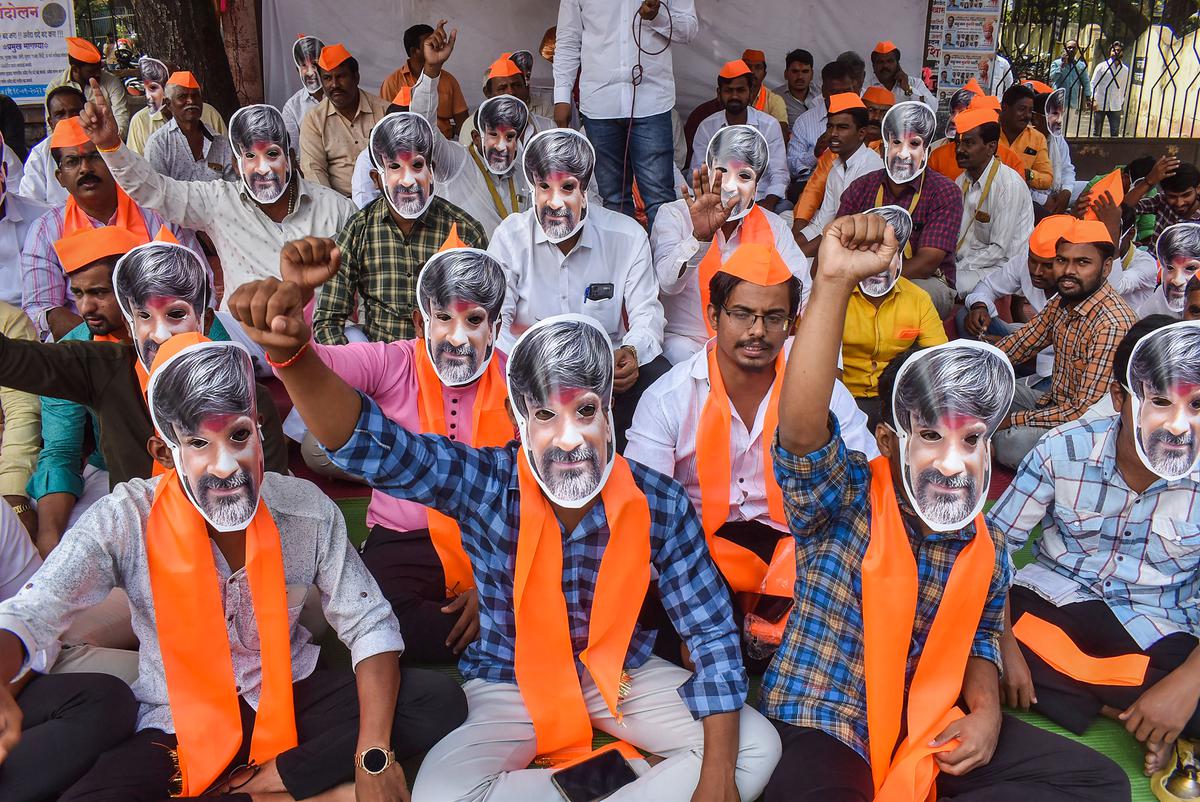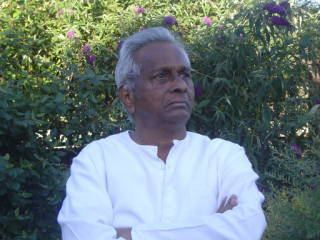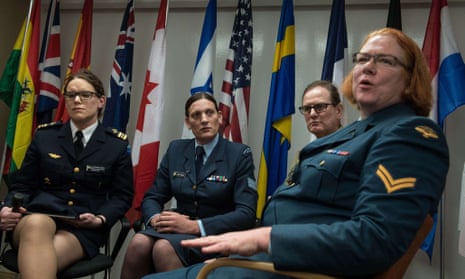
Central idea
The central idea underscores the need for a bottom-up approach, private sector engagement, and innovative models like the SPARK project to bring about attitudinal shifts, economic opportunities, and social recognition for persons with disabilities, ultimately fostering a more equitable and inclusive global development agenda.
Key Highlights:
- Disability Intersectionality: Disability intersects with social, economic, and gender vulnerabilities, necessitating comprehensive consideration for equitable action.
- Global Disability Statistics: Globally, 1.3 billion people live with disabilities, with 80% in developing countries and 70% residing in rural areas.
- Exclusionary Systems: Current systems designed for non-disabled persons lead to exclusion, resulting in higher instances of poverty, limited education access, and social discrimination for people with disabilities.
- Importance of Language: The distinction between “for” and “by” in disability inclusion is crucial. Inclusion should involve persons with disabilities in the process, not just for them.
- Economic Impact: Inclusion of persons with disabilities in the economy could boost global GDP by 3% to 7%, emphasizing the economic benefits of inclusion.
- Employment Scenario: Current employment scenarios limit job opportunities for persons with disabilities, contradicting the UN Convention on the Rights of Persons with Disabilities.
- Rural Challenges: Persons with disabilities in rural areas face heightened challenges, including limited access to education, employment, and exclusion from developmental schemes.
- UDID Card and Government Schemes: In India, UDID cards and various government schemes exist for persons with disabilities, emphasizing the need for awareness and last-mile connectivity of benefits.
- SPARK Project: The ILO and IFAD’s SPARK project focuses on disability inclusion in rural areas, with Disability Inclusion Facilitators (DIFs) leading awareness and engagement efforts.
Key Challenges:
- Awareness and Accessibility: Limited awareness and accessibility to government benefits for persons with disabilities, particularly in rural areas.
- Societal Perception: Persons with disabilities often face societal perceptions that view them as objects of charity rather than active participants in decision-making processes.
- Climate Calamities: Rural areas with high agricultural dependence face increased risks from climate calamities, further impacting persons with disabilities.
- Private Sector Engagement: While a robust legal framework exists, greater engagement with the private sector is crucial for promoting the employment of persons with disabilities.
Key Quotes:
- “For is often used when a person is receiving something and By is to identify the agent performing an action.”
- “Disability inclusion is rooted in assuring the rights of persons with disabilities and recognizing the economic benefits of inclusion.”
- “It is about time that the voices and needs of persons with disabilities be prioritized at the center of the global development agenda.”
Key Terms:
- Intersectionality: The interconnected nature of social categorizations such as disability, gender, and economic status, which creates overlapping and interdependent systems of discrimination or disadvantage.
- UDID Card: Unique ID for persons with disabilities, a card established as part of the Rights of Persons with Disabilities Act (2016) in India.
- Sustainable Development Goals (SDGs): A collection of 17 global goals set by the United Nations in 2015 as a universal call to action to end poverty, protect the planet, and ensure prosperity for all.
- Disability Inclusion Facilitators (DIFs): Individuals trained to engage with communities, raise awareness, and identify barriers to inclusion for persons with disabilities.
Key Phrases:
- Economic Consequences of Exclusion: Refers to the impact on the global GDP when excluding persons with disabilities from the workforce, as highlighted in the ILO study.
- Last-Mile Connectivity: Ensuring the final leg of delivery or accessibility of government benefits to the remotest areas, especially in the context of persons with disabilities.
- Social Development Dimension: Viewing disability inclusion not only as a matter of rights but also as a crucial aspect of social development.
Key Statements:
- “Disability as an identity and entity exists at the intersection of multiple vulnerabilities — social, economic, and gender — with each facet requiring careful consideration when conceptualizing action for equity.”
- “The inclusion of persons with disabilities into the economy can help boost global GDP between 3% to 7%, as per the study by the International Labour Organization.”
- “It is about time that the voices and needs of persons with disabilities be prioritized at the center of the global development agenda.”
Key Examples and References:
- The SPARK Project: Implemented by the ILO and IFAD, the SPARK project in Maharashtra demonstrates successful inclusion efforts led by persons with disabilities.
- International Labour Organization (ILO): Referenced for its study on the economic consequences of excluding persons with disabilities from the workforce.
- Rights of Persons with Disabilities Act (2016): Legislation in India that includes provisions for UDID cards and various schemes for persons with disabilities.
Key Facts:
- Global Disability Statistics: Approximately 1.3 billion people globally live with some form of disability, with 80% residing in developing countries.
- Rural Challenges: In India, 70% of persons with disabilities live in rural areas, facing greater challenges in accessing education and employment opportunities.
- Economic Impact: Inclusion of persons with disabilities in the workforce could boost global GDP by 3% to 7%, according to the ILO study.
Key Data:
- Percentage of Global Population with Disabilities: 1.3 billion people, equivalent to nearly the entire population of India.
- Percentage of Persons with Disabilities in Developing Countries: 80%, with 70% residing in rural areas.
- Impact on Global GDP: Inclusion of persons with disabilities can boost global GDP by 3% to 7%, according to the ILO.
Critical Analysis:
- Bi-Directional Link: Evidence shows a connection between disability, poverty, nutrition, and hunger, emphasizing the need for inclusive opportunities and employment in rural areas.
- Societal Perceptions: Persons with disabilities often face societal perceptions that view them as objects of charity rather than active participants in decision-making processes.
- Private Sector Engagement: The importance of engaging the private sector and building confidence in hiring workers with disabilities is highlighted.
Way Forward:
Prioritize the voices and needs of persons with disabilities at the core of the global development agenda for genuine inclusion and social justice. This involves awareness, engagement, and a bottom-up approach to disability inclusion, especially in rural areas.


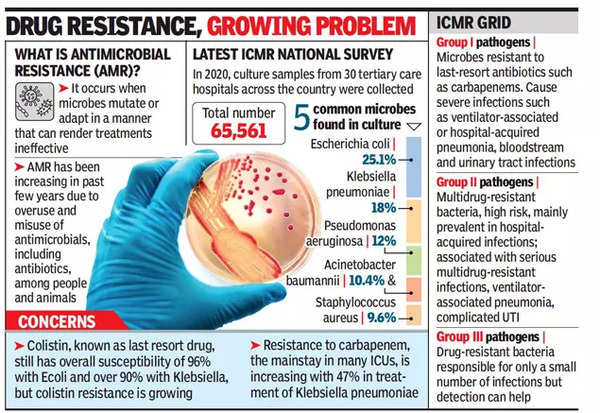





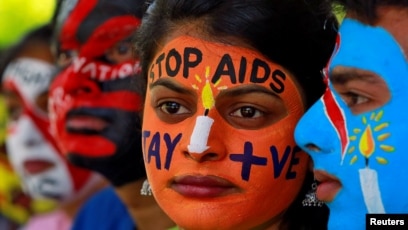
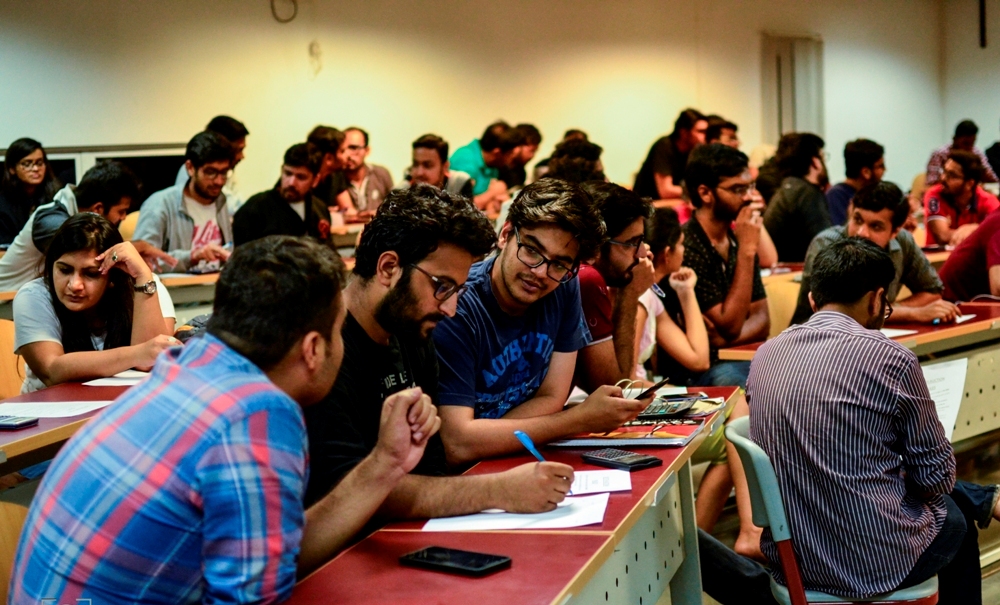

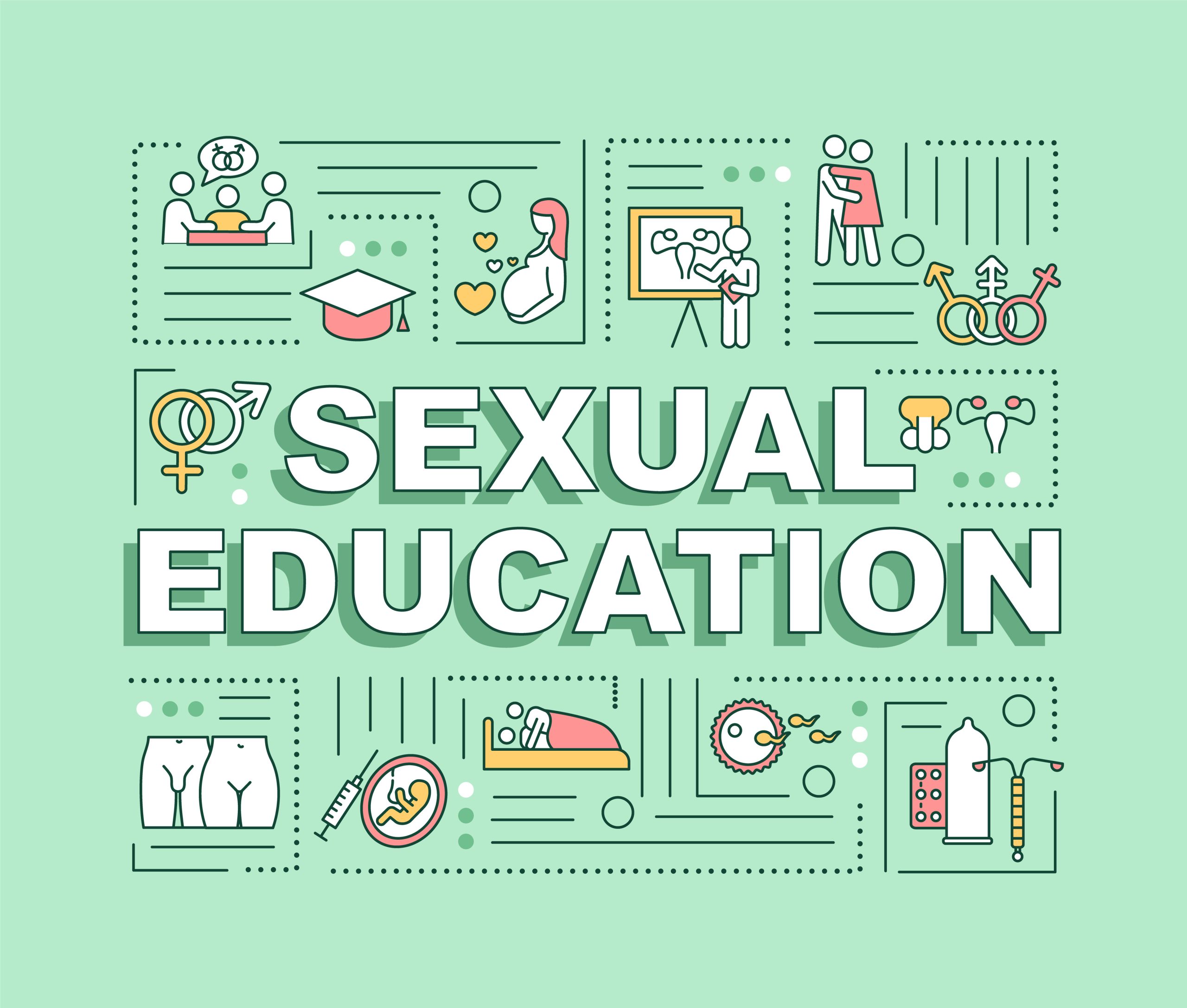

![The Marathas' Demand for Reservation: A Litigation History [2014-21] - Supreme Court Observer](https://www.scobserver.in/wp-content/uploads/2021/10/Maratha-Litigation-History-2640-x-1100-px.png)
